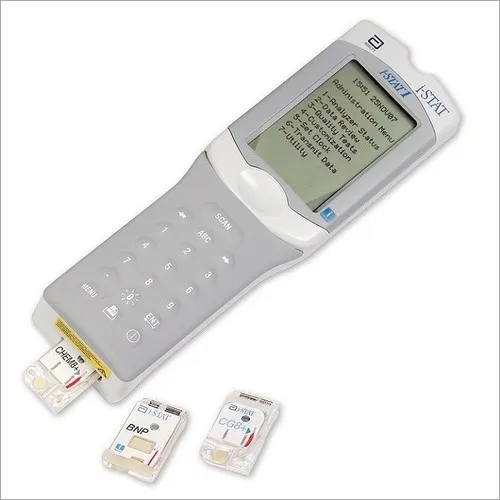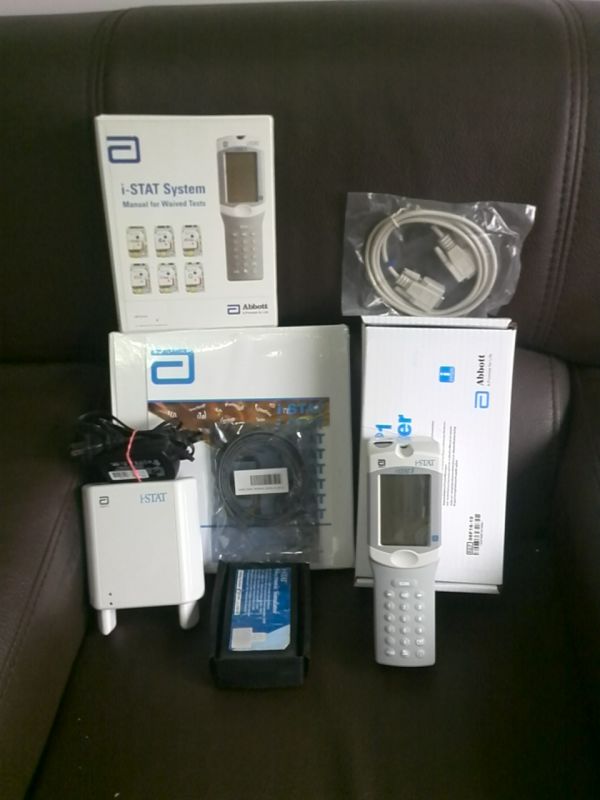

The improved overall processing of the patient as a result of the reduced turnaround times, more rapid diagnosis and disposition could potentially allow for fewer staff members to manage the same number of patients in the same time as using a conventional system.

Recouping the personnel costs from the time that is saved, however, may paradoxically mean that the more expensive POC tests have financial benefit and therefore become an economically viable option. While these POC time-savers are mostly reported in the literature as being cost-prohibitive to implement when their direct costs are compared to the traditional diagnostic testing, the POC system costs have conversely also been reported as being less expensive than central laboratory costs in other studies. These tests can decrease the turnaround time of special investigations thereby reducing delays which can cause prolonged patient times in the ED. Point-of-Care (POC) tests – diagnostic tests that are performed at or near the patient’s bedside – have been touted as potential time-saving interventions to decrease waiting times in the Emergency Department (ED). Upfront POC testing in the ED has the potential to not only save time but also to save money. In certain combinations, upfront, POC testing is more cost-effective than standard diagnostic testing for common ED undifferentiated medical presentations – the most economical POC test combination being the i-STAT + CBC. Higher staffing costs would make using POC testing even more economical. Non-LODOX® permutations were virtually 100% cost-effective if an additional cost of US$50 per patient was considered acceptable. All LODOX®-containing permutations were costlier but still saved time. The most cost-effective combination was the i-STAT+CBC permutation which, based on the time saving, would ultimately save money if implemented. There were 897 medical patients randomised to receive various combinations of POC tests. Expenses related to the POC test implementation were compared to the control group while taking staffing costs and time-saving into account. The economic viability of each permutation was assessed using the Incremental Cost Effectiveness Ratio and Cost-Effectiveness Acceptability Curves. Eleven combinations of POC equivalents of commonly-used special investigations (blood tests (i-STAT and complete blood count (CBC)), electrocardiograms (ECGs) and x-rays (LODOX® (Low Dose X-ray)) were evaluated compared to the standard ED pathway with traditional diagnostic tests.

ISTAT MACHINE COST TRIAL
This was a secondary analysis of data from a prospective, randomised, controlled trial in order to assess the cost-effectiveness of upfront, POC testing. The purpose of this study was to evaluate the cost-effectiveness of diagnostic investigations utilised prior to medical contact for ED patients with common medical complaints. Economic viability may become apparent when the time-saving is translated into financial benefits from staffing, time- and cost-saving. However, when direct costs are compared, these tests commonly appear to be cost-prohibitive. Time-saving is constantly sought after in the Emergency Department (ED), and Point-of-Care (POC) testing has been shown to be an effective time-saving intervention.


 0 kommentar(er)
0 kommentar(er)
